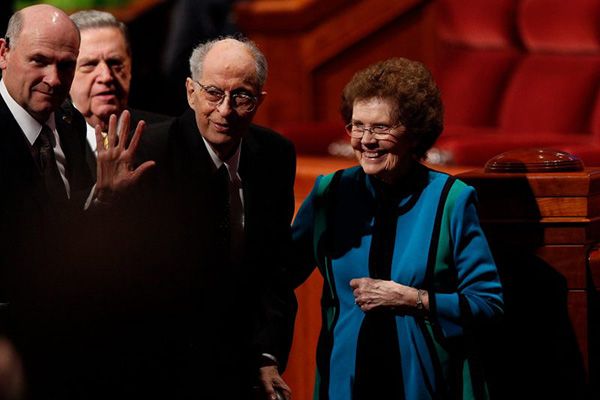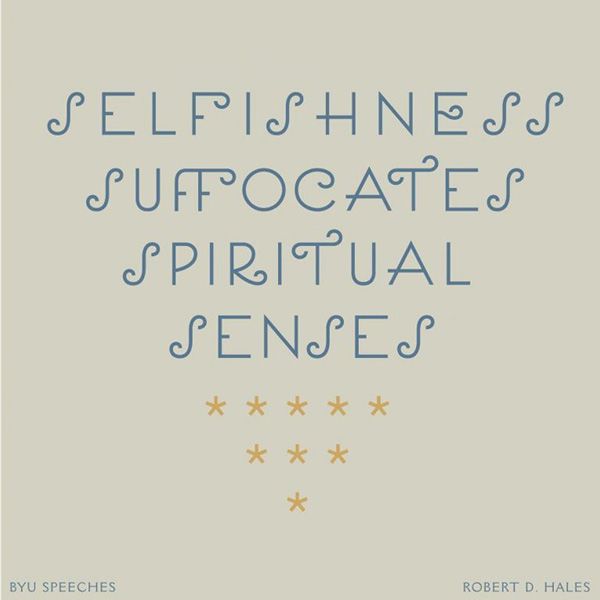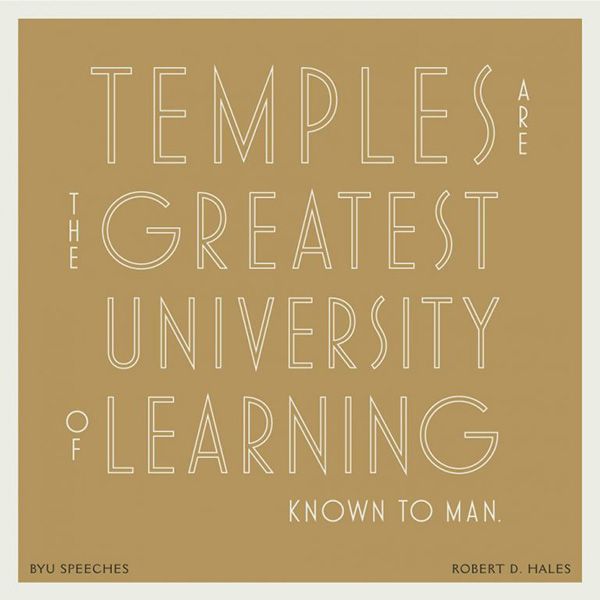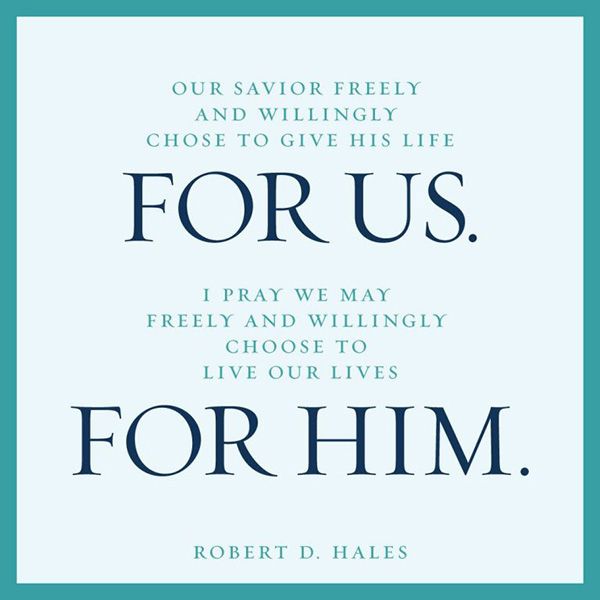Remembering the Words of Elder Hales
October 2, 2017 • Blog Post
Through his soft-spoken words, Elder Robert D. Hales has left a legacy of warm and wise counsel that has helped us walk closer to Heavenly Father and follow the way of the Savior.
In his 16 addresses at BYU, Elder Hales discussed celestial marriage, the temple, and the peace provided through the Savior, among other topics. Much of his teachings direct us to focus on the eternal and to be proactive in choosing a life of discipleship. It is clear from these messages that Elder Hales lived a life with a singular eye on the Lord and His will.
Elder Hales had a way of encapsulating profound ideas in just a few words. Below are some of his pithy maxims from his addresses at BYU.

“Temporal obstacles make eternal development possible.”
Elder Hales explained the value of pushing through obstacles in our lives. He said, “It is not the obstacle that counts but how you overcome it” (“Living Life by Axioms,” 14 August 2003).
“Selfishness suffocates spiritual senses.”

Strong marriages come as spouses “think of one another before self,” said Elder Hales. A selfless relationship opens the windows of heaven so that the Lord’s presence can be in homes (“Temple Blessings,” 15 November 2015).
“Happy is the individual who can live within his means and enjoy it.”
Elder Hales counseled us to focus our energies on things that will make us truly happy. Unfortunately, many in the world spend their time working for temporal things. “Remember, temporal means ‘temporary,’” explained Elder Hales. “And temporary things we cannot bring with us for eternal happiness” (“Living Life by Axioms”).
“‘Thee lift me, and I’ll lift thee, and we will ascend together.’”
While this quote does not originate with Elder Hales, he often shared this Quaker proverb in his discourses on marriage and service (see “Celestial Marriage—A Little Heaven on Earth,” 9 November 1976; “Understandings of the Heart,” 15 March 1988; “This Is the Way; and There Is None Other Way,” 10 January 1982).
“Temples are the greatest university of learning known to man.”

The temple, Elder Hales explained, provides us with the most meaningful education. “Washings and anointings tell us who we are,” he said. “Endowment instructions give guidance as to how we should conduct our lives here in mortality” (“Temple Blessings”).
“It is not how you start the race or where you are during the race—it is how you cross the finish line that is going to matter.”
Elder Hales compared our lives to a race, sharing the story of John Stephen Akhwari, a Tanzanian marathon runner who competed in the 1968 Olympics. During the Olympic race, Akwari became dehydrated and disoriented, but he continued on, staggering into the arena as the last runner. He explained his tenacity in finishing the race: “My country did not send me 5,000 miles to start the race; my country sent me to finish the race.” Elder Hales drew a connection to our lives journey. “We are not brought to earth just to be born into mortality,” he said. “We came with a mission and a purpose—and that is to endure to the end” (“Living Life by Axioms”).
“Many of us spend our time worrying about the gettings of life rather than the givings.”
Elder Hales discussed the value of service in the everyday happenings of our lives. He explained about how Church attendance was not only about “getting” something out of the lessons but “giving” to those present through sharing kind words, friendship, and thoughts” (“This Is the Way; and There Is None Other Way”).
“From a tiny spark can come a great conflagration.”
Conflict can arise from small moments of friction.“If we are not careful,” Elder Hales said, “little things can easily become big things” (“Living Life by Axioms”).
A Testimony

In a devotional address given September 14, 2010, Elder Hales described the Savior’s final hours in mortality. He offered testimony of the Lord and the many choices He made so that we may be saved and return to Him. In remembrance of Elder Hales’s life of discipleship, below is an excerpt from his testimony:
The scenes leading to His crucifixion were filled with choices to suffer the cruel and ignorant behavior of His brothers and sisters. At times He used His agency to be silent. On the cross He chose mercy, praying, “Father, forgive them; for they know not what they do.”
In those awful hours He chose to endure not just the agony of physical death but the terrible separation from His Father, with whom He had always been. This was our Heavenly Father’s plan—to allow His Son to fully exercise His agency to complete His work on His own. He called to His Father, “My God, my God, why hast thou forsaken me?”
There may be moments in your life, as there have been in mine, when you’ll have a moment like that—when you are in pain. He who could have called on legions of angels to carry Him home hung alone on the cross until that final moment when He chose to give up His life, His spirit—He being the only One who could do so—and He said: “It is finished.”18 For you and me, may we be able to finish this life and endure to the end and be able to say in our closing hours, “It is finished.”
But the example of our Savior does not end there. He chose to preach unto the spirits in prison, who were filled with gladness and joy because “the Son of God appeared, declaring liberty to the captives who had been faithful.”
After three days in the Garden Tomb, He chose to take up His body again and break the bands of death. He appeared to Mary Magdalene and to many other believers, choosing to teach them, feed them, and encourage them in the work of the kingdom that was now theirs.
He chose to appear to the people on this continent—including the faithful who had been persecuted for believing in Him. In the thick darkness of destruction, the supernal confirmation that He had honorably kept His premortal promise was heard and felt by all: “Behold my Beloved Son, in whom I am well pleased, in whom I have glorified my name—hear ye him.”
Then, high above the ruins of Bountiful, wearing a white robe and bearing the tokens of the Atonement in His hands and feet and side, He chose to descend—to call the people forth, to minister to them one by one, and to bless their children.
I express my eternal gratitude for the Savior’s willingness to mark this path and His way for us by exercising His agency in righteousness. I bear my testimony and my special witness that our Savior freely and willingly chose to give His life for us. I pray we may freely and willingly choose to live our lives for Him and to lift and strengthen others. [“This Is the Way; and There Is None Other Way”]




